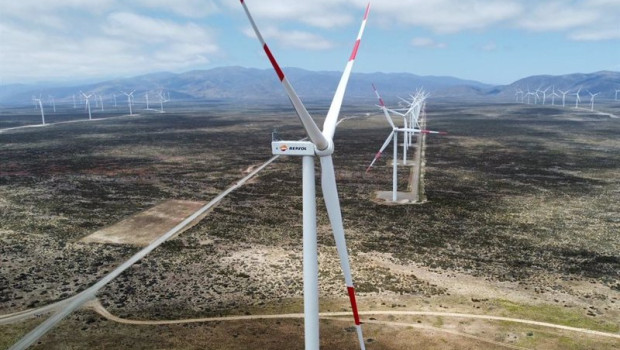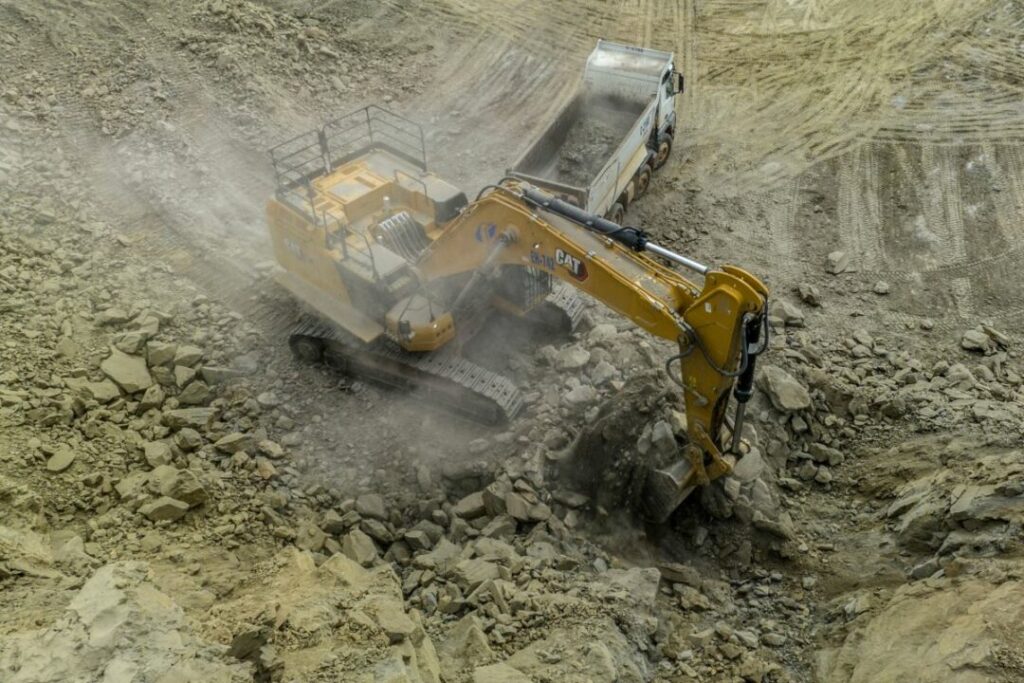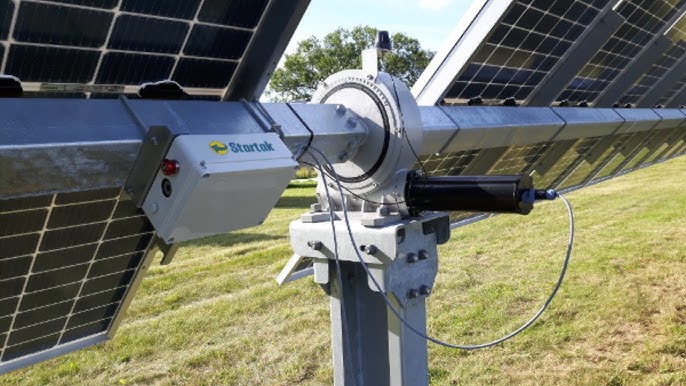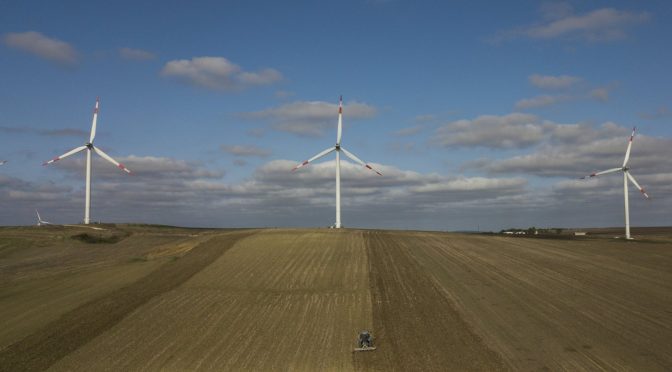Securing Chile’s renewable future: The role of downlead clamps in the Pemuco wind farm

The Pemuco wind farm, a 165 MW project in Chile, is a significant step towards sustainable energy. It features 22 wind turbines, each with a capacity of 7.5 MW.
The development of this project will be responsible for the development of civil infrastructure and electrical works. This is including the construction of foundations and platforms, access roads, and the installation of medium voltage network cables.
Downlead clamps hold power cables along the wind turbine tower to prevent movement caused by wind or vibrations. The clamps reduce the risk of electrical faults or disconnections.
Downlead clamps reduce abrasions and mechanical stress on cables, extending their lifespan and reducing maintenance costs.
Properly secured cables ensure the effective transmission of electricity from the turbine to the grid to maximize energy output.
The Pemuco wind farm contributes to reduced carbon emissions, economic benefits, and enhanced renewable energy in Chile.
#PemucoWindFarm #downleadClamps #RenewableEnergy #WindTurbineInfrastructure #ChileenergyProjects
The role of pole top brackets in Chile’s lithium extraction infrastructure

ExxonMobil plans to meet with Chilean officials to explore investment opportunities in lithium extraction. This signals a strategic move towards renewable energy resources.
The Chilean government has also announced a new strategy to expand lithium production through partnerships between a state-owned lithium company and private investors.
The use of a pole top bracket provides support to electrical and communication systems within lithium mining operations. These brackets ensure reliable power distribution to extraction facilities, supporting high-voltage transmission lines for brine pumping and processing.
Pole top brackets support transformers, insulators, or other equipment of utility poles. They also aid in providing power to lithium extraction facilities.
ExxonMobil and SLB have several opportunities in Chile’s lithium industry. The companies have expertise in resource extraction, brine processing, and advanced technologies.
Their investment will also offer entry into the growing EV and battery market, aligning with Chile’s new lithium strategy to diversify beyond fossil fuels.
#ExxonMobil #LithiumExtraction #ChileMining #RenewableEnergy #PoleTopBrackets #AtacamaDesert
Cross plate anchors: the backbone of Chile’s solar farm stability

PV Hardware (PVH), a Spanish manufacturer specializing in solar racking solutions, has been selected to supply its AxoneDuo infinity trackers for the Alcones project.
The project is a 109.76 MW solar project, including the development of a 33/110 kV substation and a 9 km transmission line. PVH’s trackers are designed to enhance solar plant performance and adapt to diverse terrains.
Their operation will contribute to Chile’s renewable energy infrastructure and carbon reduction efforts.
Cross plate anchors play a crucial role in securing structures like solar trackers to the ground and ensuring stability and resistance against environmental forces.
The anchors consist of a central rod with perpendicular steel plates at the base, forming a cross shape that enhances holding capacity when embedded in soil.
The use of cross plate anchors provides a robust foundation, preventing solar panels from shifting and ensuring the system can withstand seismic forces.
Anchors help distribute the weight of solar panels and mounting structures across the ground, preventing sinking or tilting.
Their application in solar farms contributes to the reliability and efficiency of energy production systems by maintaining the proper positioning of solar panels.
#solarEnergy #RenewableEnergy #ChileSolarProjects #CrossPlateAnchors #PVHTrackers #SolarFarmInfrastructure #CleanTech
Guy strains play a pivotal role in stabilizing Chile’s wind energy infrastructure.

Engie Chile has partnered with Portugal’s CJR Renewables to develop the 165 MW Pemuco wind farm. The project includes the construction of 22 wind turbines, aiming to supply energy to around 100,000 households in southern Chile.
Guy strains are tensioned cables that provide stability to freestanding structures like wind turbines. They support wind turbine towers to prevent swaying or collapse due to strong winds.
The use of guy strains insulators prevents electrical currents from traveling through the guy wires and thereby protects the turbines from potential damage.
Guy strains mitigate the risk of electrical surges by breaking the conductive path of the guy wires, which is essential in regions with high wind activity.
CJR Renewables is responsible for both civil infrastructure and electrical construction, including building foundations, platforms, access routes, and laying medium-voltage cables.
The Pemuco wind farm aligns with Chile’s national objectives to diversify energy supplies, reduce greenhouse gas emissions, and promote sustainable growth.
#PemucoWindFarm #WindTurbineStability #RenewableEnergy #ChileWindEnergy #EngieChile #CJRRenewables